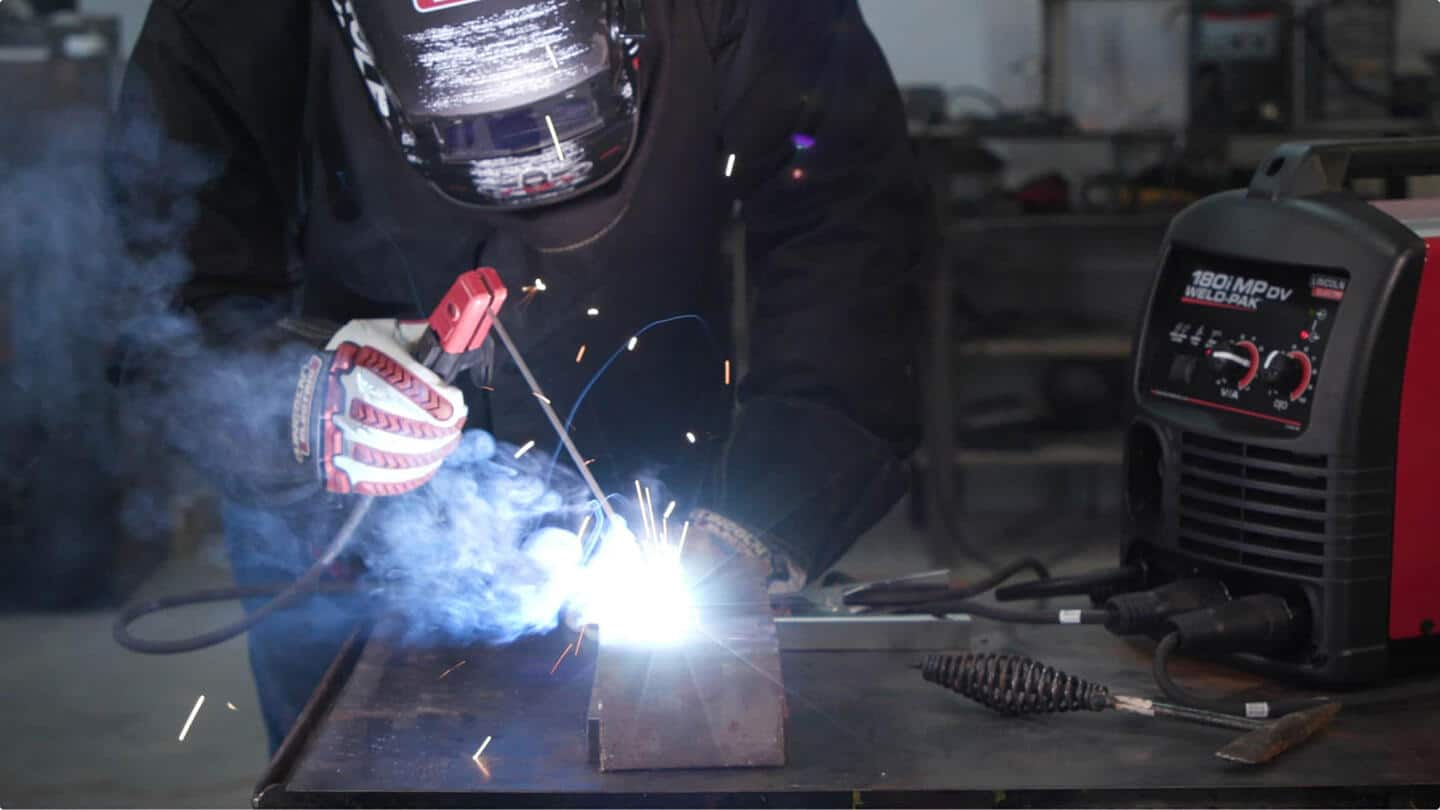Maximizing Your Welding WPS: Methods for Improved Efficiency and Effectiveness
Maximizing Your Welding WPS: Methods for Improved Efficiency and Effectiveness
Blog Article
Achieving Welding Quality: Revealing the Secrets of WPS Execution and Optimization
In the realm of welding, achieving excellence is a quest that depends upon the thorough implementation and optimization of Welding Treatment Specifications (WPS) These fundamental papers work as the backbone of welding operations, dictating the criteria and procedures essential for producing top notch welds regularly. Nonetheless, the keys to opening the complete possibility of WPS lie not just in comprehending its significance but also in mastering the intricacies of its execution and optimization. By diving right into the crucial elements, strategies, obstacles, and finest techniques linked with WPS, a globe of welding excellence waits for those that want to explore its midsts.
Relevance of WPS in Welding
The Value of Welding Treatment Requirements (WPS) in the welding market can not be overstated, acting as the foundation for ensuring consistency, quality, and security in welding operations. A WPS supplies in-depth guidelines on just how welding is to be performed, consisting of necessary variables such as materials, welding procedures, joint layout, filler metals, interpass and preheat temperatures, welding currents, voltages, traveling speeds, and a lot more. By sticking to a distinct WPS, welders can keep harmony in their job, causing constant weld quality throughout various projects.

Secret Elements of WPS
Discussing the integral elements of a welding procedure specification (WPS) is essential for recognizing its duty in welding procedures. A thorough WPS consists of a number of crucial elements that direct welders in achieving quality and consistency in their work. One essential facet of a WPS is the welding procedure specification, which lays out the specific welding procedures to be utilized, such as gas tungsten arc welding (GTAW) or protected steel arc welding (SMAW) Furthermore, the WPS includes information on the welding materials, such as the type and specs of the base metal and filler metal to be used. The WPS likewise defines crucial variables like welding criteria, preheat and interpass temperature level requirements, and post-weld warmth treatment procedures. Additionally, it includes information on joint style, fit-up, and any type of unique strategies or precautions required for the welding operation. By integrating these crucial elements into the WPS, welding treatments can be standard, making sure quality, effectiveness, and safety and security in welding operations.
Strategies for WPS Optimization

Second of all, training and certification of welding personnel according to the certain demands of the WPS is paramount. Supplying extensive training programs and making sure that welders are licensed to execute procedures laid out in the WPS can lead to greater quality welds and decreased rework.
Furthermore, leveraging modern technology such as welding software and tracking systems can assist in maximizing WPS. These devices can assist in monitoring variables, ensuring parameters are within specified limitations, and supplying real-time responses to welders, enabling them to make instant changes for improved weld quality.
Usual Challenges and Solutions
Facing barriers in implementing the techniques for WPS optimization can hinder welding procedures' effectiveness and high quality. One typical difficulty additional hints is insufficient training or understanding of the welding procedure specs (WPS) among the welding group. This can cause incorrect execution of welds, resulting in defects and rework. To resolve this, thorough training programs must be applied to make certain that all welders are proficient in analyzing and using WPS properly.
An additional difficulty is the lack of appropriate paperwork and record-keeping, which is necessary for WPS optimization. Without clear documents of welding criteria, products used, and inspection outcomes, it ends up being difficult to identify locations for renovation and guarantee consistency in welding procedures. Carrying out a robust documentation system, such as electronic welding administration software application, can assist improve record-keeping and facilitate information analysis for constant improvement.
In addition, inconsistent welding equipment calibration and upkeep can present a significant challenge to WPS optimization. Routine equipment checks, calibration, and maintenance timetables ought to be stuck to purely to guarantee that welding specifications are properly managed and kept within the defined tolerances (welding WPS). By attending to these common obstacles with positive options, welding procedures can web enhance performance, quality, and general welding quality
Finest Practices for WPS Implementation
To guarantee successful WPS implementation in welding operations, adherence to market criteria and meticulous interest to information are paramount. When starting WPS execution, it is essential to start by extensively understanding the particular welding needs go to my site of the project. This entails a thorough review of the welding procedure specs, products to be bonded, and the ecological problems in which the welding will happen.
As soon as the needs are clear, the next step is to select the suitable welding procedure that straightens with these specifications. This involves seeking advice from the pertinent codes and criteria, such as those given by the American Welding Culture (AWS) or the International Company for Standardization (ISO), to make certain compliance and high quality.
Moreover, documenting the entire WPS application process is vital for traceability and quality assurance. Detailed records should be kept regarding welding parameters, material preparation, preheat and interpass temperatures, welding consumables used, and any kind of inconsistencies from the initial treatment. Regular audits and reviews of the WPS can assist recognize areas for enhancement and make sure ongoing optimization of the welding procedure.


Verdict
Finally, the execution and optimization of Welding Procedure Specs (WPS) is essential for accomplishing welding quality. By recognizing the vital elements of WPS, implementing efficient approaches for optimization, dealing with usual challenges, and adhering to finest methods, welders can make sure premium welds and secure working problems. It is critical for experts in the welding market to focus on the proper application of WPS to boost overall welding efficiency and attain preferred outcomes.
The Value of Welding Treatment Requirements (WPS) in the welding market can not be overemphasized, serving as the foundation for making certain consistency, quality, and safety in welding operations. A WPS offers comprehensive directions on exactly how welding is to be brought out, including necessary variables such as products, welding procedures, joint layout, filler steels, preheat and interpass temperature levels, welding currents, voltages, traveling rates, and more. One important element of a WPS is the welding process spec, which describes the particular welding processes to be used, such as gas tungsten arc welding (GTAW) or shielded metal arc welding (SMAW) By including these key elements right into the WPS, welding treatments can be standardized, ensuring quality, efficiency, and security in welding operations.
It is necessary for specialists in the welding sector to prioritize the correct execution of WPS to boost total welding efficiency and accomplish preferred results.
Report this page